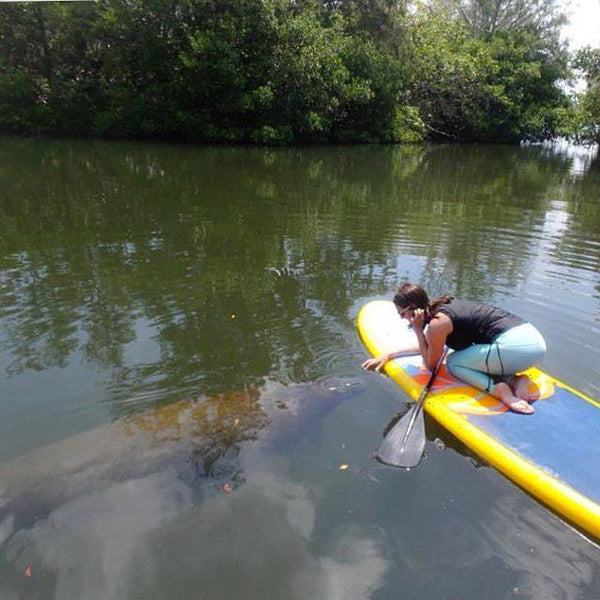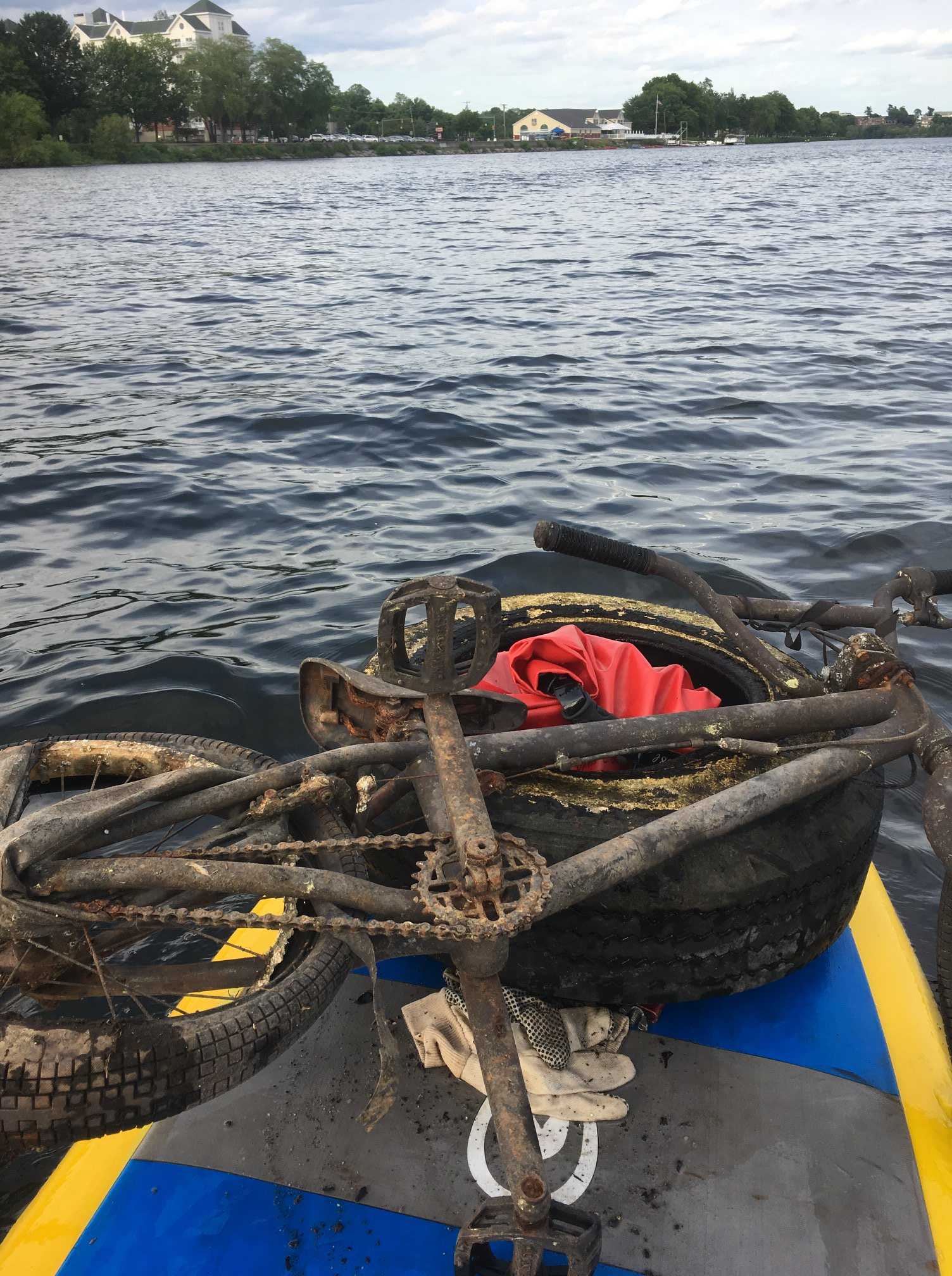
Exploring Marine Habitats with a Paddleboard: A Guide to Responsible Wildlife EncountersHabitats
You will interact with wildlife while out stand up paddle boarding, find out how best to handle these interactions.
Introduction
There's something truly magical about gliding over the water on a paddleboard, especially when it leads to encounters with the vibrant marine life beneath the waves. At Glide, we're not just passionate about crafting top-quality paddleboards; we're also committed to ensuring our adventures respect and protect the marine habitats we treasure. This guide offers essential tips for anyone keen to experience the wonders of paddle boarding while safeguarding the environment and its inhabitants.

Getting to Know the Locals
Before setting off on your paddle boarding journey, take a moment to learn about the wildlife you might encounter. Understanding their behaviors and habitats is crucial for avoiding disturbances, ensuring your presence is a gentle ripple in their world, not a disruptive wave.
Navigating Marine Protected Areas
Marine Protected Areas (MPAs) are nature's sanctuaries, and adhering to their guidelines is essential for their preservation. Familiarizing yourself with these areas before you paddle out can make a significant difference in the conservation efforts of the marine ecosystems you explore.
Guidelines for Wildlife Encounters
Spotting a dolphin or sea turtle while on your board can be exhilarating, but it's vital to maintain a respectful distance. For larger marine mammals, keeping 50-100 feet away is advisable, while smaller creatures should not be approached closer than 25 feet. This distance ensures their peace and your safety, particularly for beginners who are mastering their balance and navigation skills.
Observing without interacting is a golden rule in paddle boarding. The temptation to reach out and touch these magnificent creatures should be resisted to preserve their natural behaviors and well-being.
Minimize Your Impact
Smooth, quiet movements are key to a harmonious paddleboarding experience. Sudden noises or splashes can disturb marine life, so it's important to glide as silently as possible, blending into the sounds of the sea.
Adhering to Leave No Trace principles is a cornerstone of responsible paddleboarding. Everything you bring should leave with you, avoiding any harm to the ecosystem. Additionally, steering clear of sensitive areas like coral reefs and seagrass beds protects these crucial habitats.
Choosing Eco-Friendly Gear
Opting for sustainable paddle boarding equipment, such as eco-friendly boards and biodegradable sunscreen, reflects a commitment to environmental stewardship. These choices help minimize your footprint and support the health of marine ecosystems.
Becoming a Marine Conservation Advocate
Your paddle boarding adventures offer a unique platform to advocate for marine conservation. Sharing your experiences and the beauty of these habitats can inspire others to join the cause and respect our oceanic friends.
Supporting marine conservation efforts, whether through donations or volunteering, amplifies the impact of your paddleboarding adventures. Your engagement in these initiatives contributes to the preservation of marine habitats for generations to come.
Educating and Leading by Example
As a member of the paddleboarding community, you have the opportunity to educate others about responsible wildlife viewing and habitat preservation. Leading by example on the water not only enriches your experience but also encourages a collective effort towards environmental conservation.
Staying Informed and Adaptive
The marine environment is dynamic, shaped by both natural and human influences. Staying informed about the latest research and conservation strategies allows you to adapt your practices, ensuring your paddle boarding adventures are both enjoyable and eco-friendly.
Conclusion

Paddle boarding opens up a world of adventure, offering a serene yet exhilarating way to connect with nature. By embracing these guidelines, you contribute to the protection of the marine habitats that make these experiences so remarkable. Whether you're practicing SUP yoga or exploring coastal ecosystems, remember that your actions have the power to protect the beauty and diversity of our oceans. Let's paddle forward with care, respect, and a shared commitment to marine conservation.


